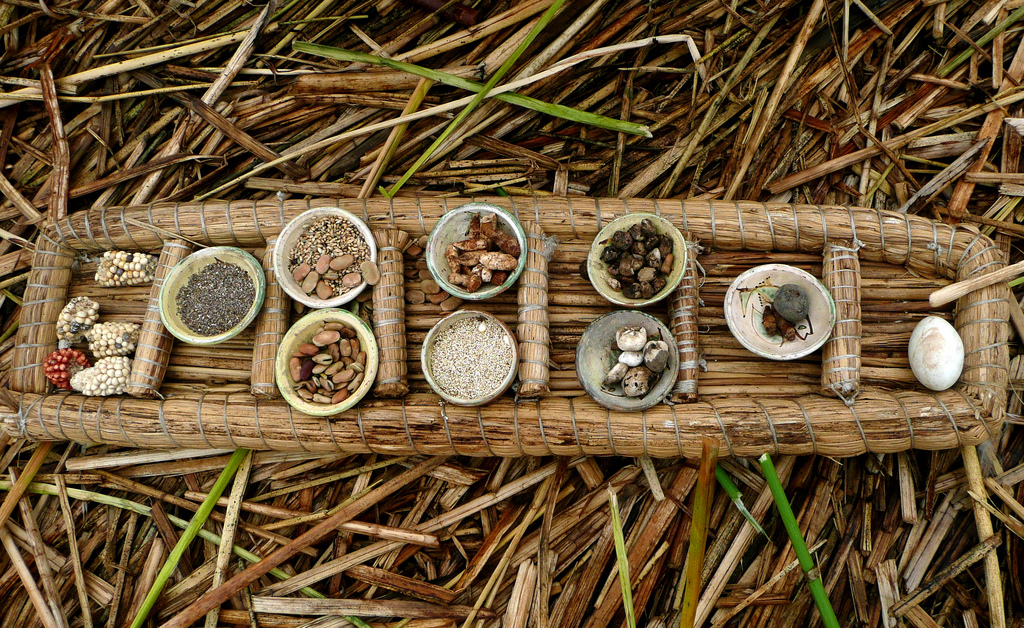I am Jewish, and also a Buddhist, a “Jubu” born and raised in Peru. I have a wonderful mother who passed on to me the great pleasure of nurturing and feeding others. My home is always open to friends and the friends of friends. I like being able to offer lodging and hospitality, but above all, I feed them. I have not had children, yet I am very much a Jewish mother, overflowing with the need to feed others, to smother my friends with good food. I am privileged to be the citizen of a country that has so much to offer thus I feel compelled to share some of its abundance through the film Hatun Phajcha, The Healing Land, a documentary that seeks to highlight and re-value traditional knowledge about our native foods and their amazing nutritional benefits.
Over the centuries, Peru’s peoples have stored a virtual treasurehouse of nutritional wealth, cultivating and propogating Andean crops rich in highly nutritious properties.
In the words of Talia Schvartzman a nutritionist who has generously joined this project, «Peru is a natural pharmacy». Talia has been helping me discover the healing properties of our local foods, our agricultural treasures. Since people who support the project through donations to make this film will receive special perks, we named the prizes that after some of these great foods: Quinoa, Pallar (Lima Beans), Aguaymanto, Maca, Sacha Inchi, Algarrobo, Cocoa, Lucuma, Yacon and Tarwi.
The first of those perks was nicknamed Quinoa – an Andean grain that has become so fashionable. NASA used it for their astronauts because of its high protein content. Quinoa, gluten free, reduces the risk of various diseases, is rich in nutrients (minerals, vitamins, fatty acids and antioxidants) and enhances neuronal functions. Similarly, the Peruvian Andes is home to the Aguaymanto or Cuculí. A delicious fruit that provides us a great amount of vitamin A and carotenoids, antioxidants, thus aiding in the aging process and preventing chronic diseases such as colon cancer.
The most important food for the Moche culture was the Pallar , in Quechua Pallani , which means » to cross the floor » or «harvest». It is a legume with a high content of starch and protein. It also contains potassium, calcium, iron, phosphorus, manganese and zinc. This crop is a health treasure. And speaking of treasures you can not miss the Maca, one of the first roots that the ancient Peruvian population; it is today a flagship product of Peru. During the Inca period, Maca became the food of the nobles and a common and a main offering to the gods. This high energy root contains high levels calcium, phosphorus, magnesium and potassium which is why Considered a great invigorator, it is also famous for its support of fertility in both women and men, which is why it is considered a great invigorator. Also called the Peruvian Viagra, it is known for increasing fertility in both women and men, in addition to aiding in the treatment and prevention of osteoporosis, hypertension and anemia.
Another great native food of Peru is the seed of the Sacha Inchi, which contains properties for lowering LDL cholesterol, while increasing the good HDL. It helps neuronal development, optimal intellectual performance, and formation of nerve tissue. In addition, it keeps the metabolism in balance and acts as a superb antioxidant. El Algarrobo or guarango has played a central symbolic role in ancient societies along the Peruvian coast. A temple onto itself, for these societies which worshiped water and nature, the algarrobo turned the desert into an oasis. The algarrobo is highly valued as a tonic, providing minerals such as calcium and iron, vitamins especially the B complex which protectsthe cardiovascular system, reduces blood sugar levels, is antioxidant and optimizes the immune system.
Widely known at the Peruvian table is the wonderful Lúcuma, with its unusual texture and flavor. It is one of the fruits with the highest content of protein, carbohydrates, calories, niacin and vitamin B6, so it is recommended in the diet of children and older adults. It helps form neurotransmitters, sex hormones, insulin, cortisone, thyroxine, favoring various functions of the body and supporting the proper functioning of the nervous and endocrine systems. It is popular ingredient in many Peruvian desserts, always taking by suprise those who try it for the first time.
Another superfood is the Yacón. It contains many important prebiotics in the prevention and treatment of constipation. It also prevents osteoporosis, lowers cholesterol and triglyceride in blood, improves insulin resistance, strengthens the immune system and decreases the risk of colon cancer.
Tarwi is blessed seed because it requires little water and can grow without fertilizers. This ancient legume has a high protein and fat content. Since the amount of protein in tarwi (44 %) exceeds that of soybeans (33 %) and that is why it is highly recommended for vegetarians.
Lastly, we have the Amazonian Cacao containing phytosterols responsible for blocking the absorption of dietary cholesterol. in addition to a high content of antioxidants in the form of polyphenols. This is why chocolate is considered “the food of the gods”, for it produces in us the sensation of pleasure by triggering the release of endorphins. What would our life be without chocolate?
To know more about this documentary project and to led us your support so it can became a reality you can see the Indiegogo campaign, go to the website, or follow us on Facebook.
Help us spread the word with the world!


